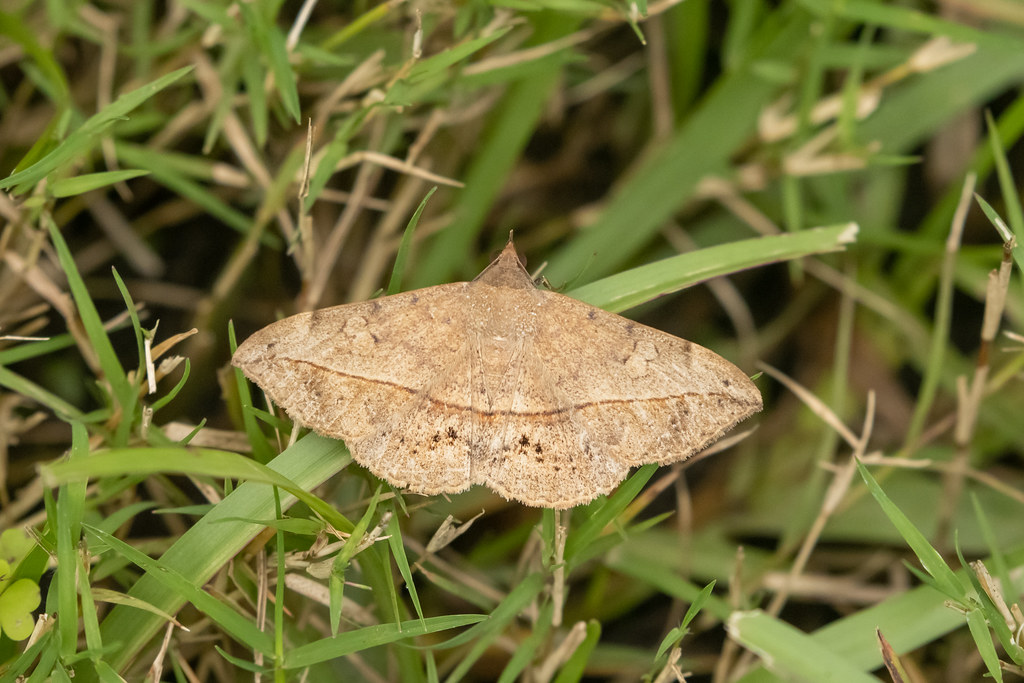The vast emptiness of space might seem like the last place you’d expect to find a cockroach, but these hardy creatures have been astronauts longer than humans have. For decades, scientists have been launching insects into the cosmos, not as unwelcome stowaways, but as carefully selected research subjects. These tiny pioneers have endured rocket launches, experienced weightlessness, and survived radiation bombardment to help us understand how life adapts to the most extreme environments imaginable. From fruit flies riding aboard early rockets to crickets chirping in modern space stations, insects have become our unlikely allies in unlocking the secrets of survival beyond Earth’s protective atmosphere.
The Pioneering Days of Insect Astronauts
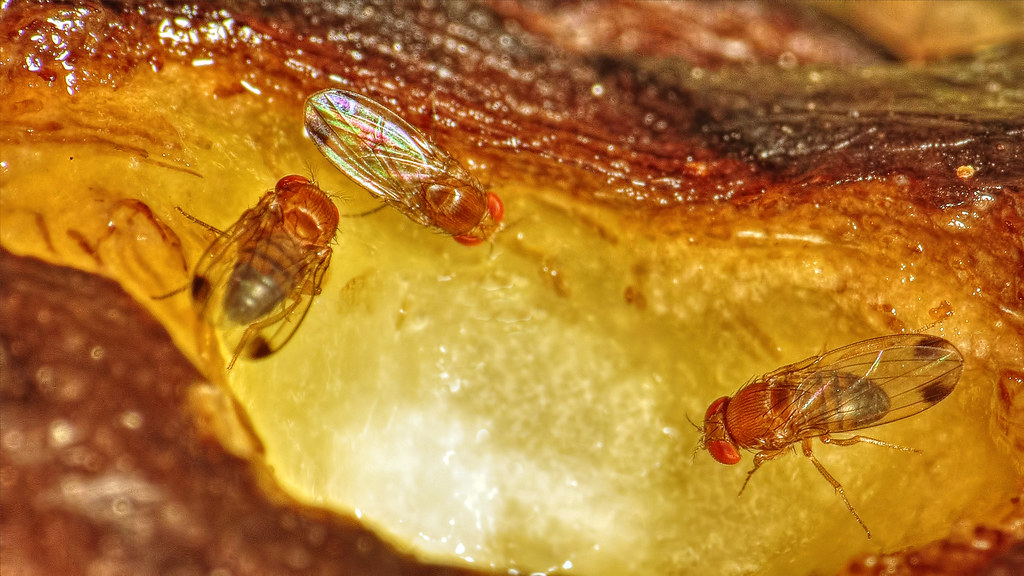
Long before Neil Armstrong took his famous first steps on the Moon, fruit flies were already seasoned space travelers. In 1947, these tiny pioneers became the first living creatures to survive a journey beyond Earth’s atmosphere aboard a V-2 rocket. The mission lasted just minutes, but it marked the beginning of an extraordinary partnership between humans and insects in space exploration.
These early experiments weren’t just scientific curiosities – they were crucial stepping stones toward human spaceflight. Scientists needed to understand whether living organisms could survive the violent acceleration of rocket launches and the mysterious effects of weightlessness. Fruit flies proved to be ideal test subjects because their genetic makeup shares surprising similarities with humans, making them perfect biological models for studying the effects of space travel on living tissues.
Why Insects Make Perfect Space Travelers
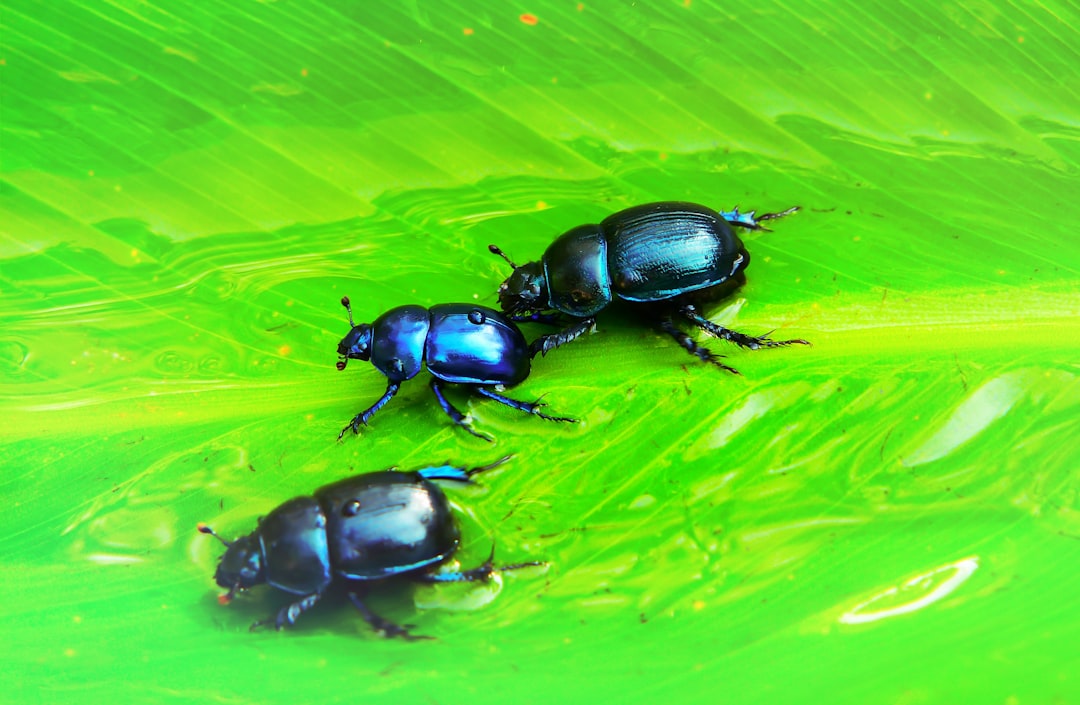
When it comes to space travel, insects possess qualities that even the most experienced astronauts might envy. Their small size means they require minimal resources – no bulky life support systems, no complex feeding mechanisms, and no psychological support for homesickness. A single spacecraft can carry hundreds or thousands of insects, providing researchers with statistically significant sample sizes that would be impossible with larger animals.
Perhaps most importantly, insects are remarkably resilient creatures. They can survive in extreme temperatures, withstand high levels of radiation, and adapt to environments that would quickly kill most other life forms. This natural toughness makes them ideal subjects for studying the harsh realities of space travel, from the crushing g-forces of launch to the weightless environment of orbit.
Gravity’s Absence: How Weightlessness Affects Insect Behavior
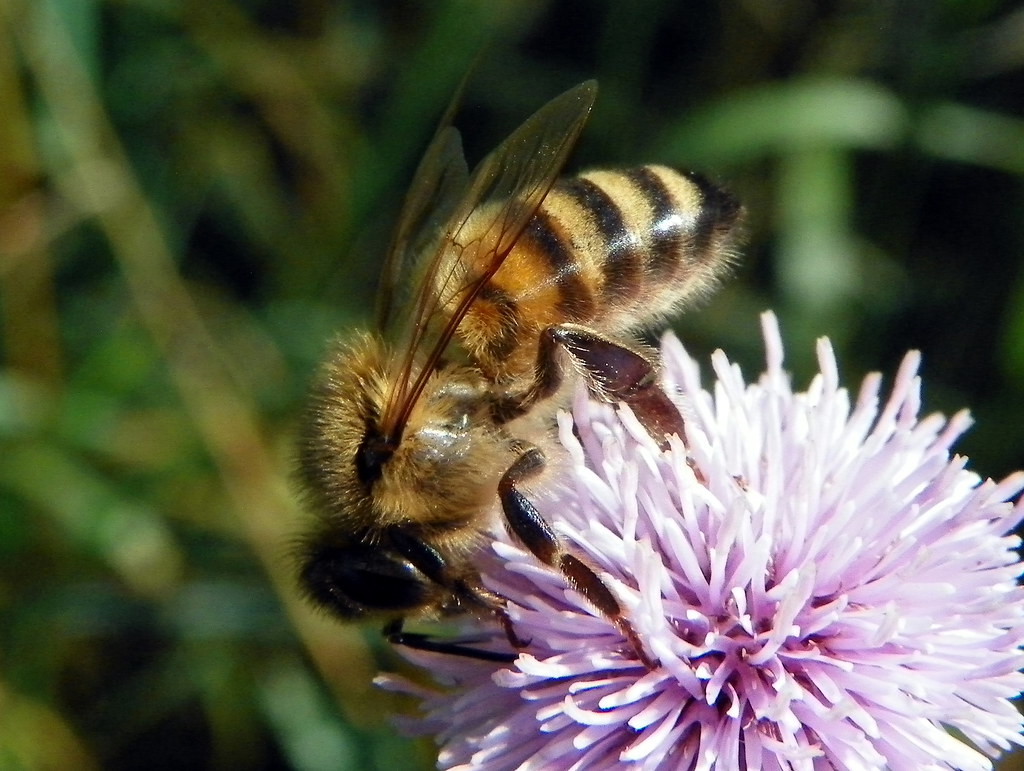
Imagine trying to walk when up and down suddenly lose all meaning – this is the reality insects face in microgravity. Early space experiments revealed that insects experience profound disorientation when removed from Earth’s gravitational pull. Bees, which navigate using the sun’s position relative to gravity, became completely lost in space, unable to perform their characteristic waggle dance that normally communicates location information to their hive mates.
Butterflies faced similar challenges, with their flight patterns becoming erratic and unpredictable in weightlessness. Some insects adapted quickly, developing new movement strategies within hours, while others remained disoriented throughout their space missions. These observations provided valuable insights into how the inner ear and balance systems of astronauts might be affected by prolonged weightlessness.
Reproduction in the Void: Insect Breeding Experiments
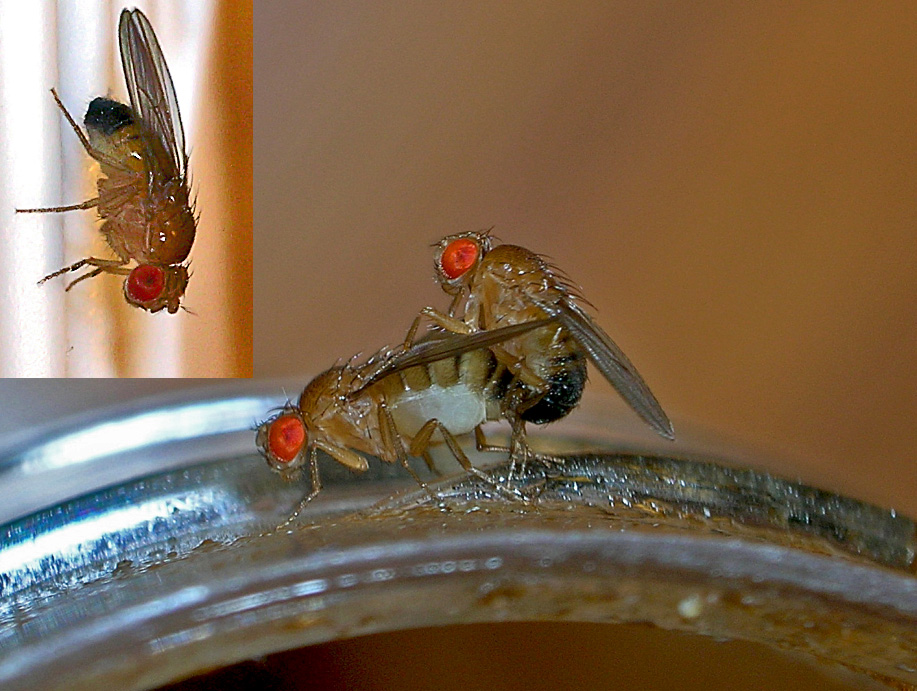
One of the most critical questions for long-term space exploration is whether life can reproduce and develop normally in space. Insects have served as our primary window into this fundamental biological mystery. Fruit flies have successfully mated and laid eggs in space, though their offspring often showed developmental abnormalities that wouldn’t occur on Earth.
Perhaps most fascinating were the experiments with Japanese rice fish and fruit flies aboard various space missions, which revealed that while conception could occur in space, the development process was significantly altered. Some insects showed accelerated growth rates, while others experienced developmental delays. These findings have profound implications for understanding how human reproduction might be affected during long-duration missions to Mars or other distant destinations.
Radiation Resistance: Lessons from Hardy Space Bugs
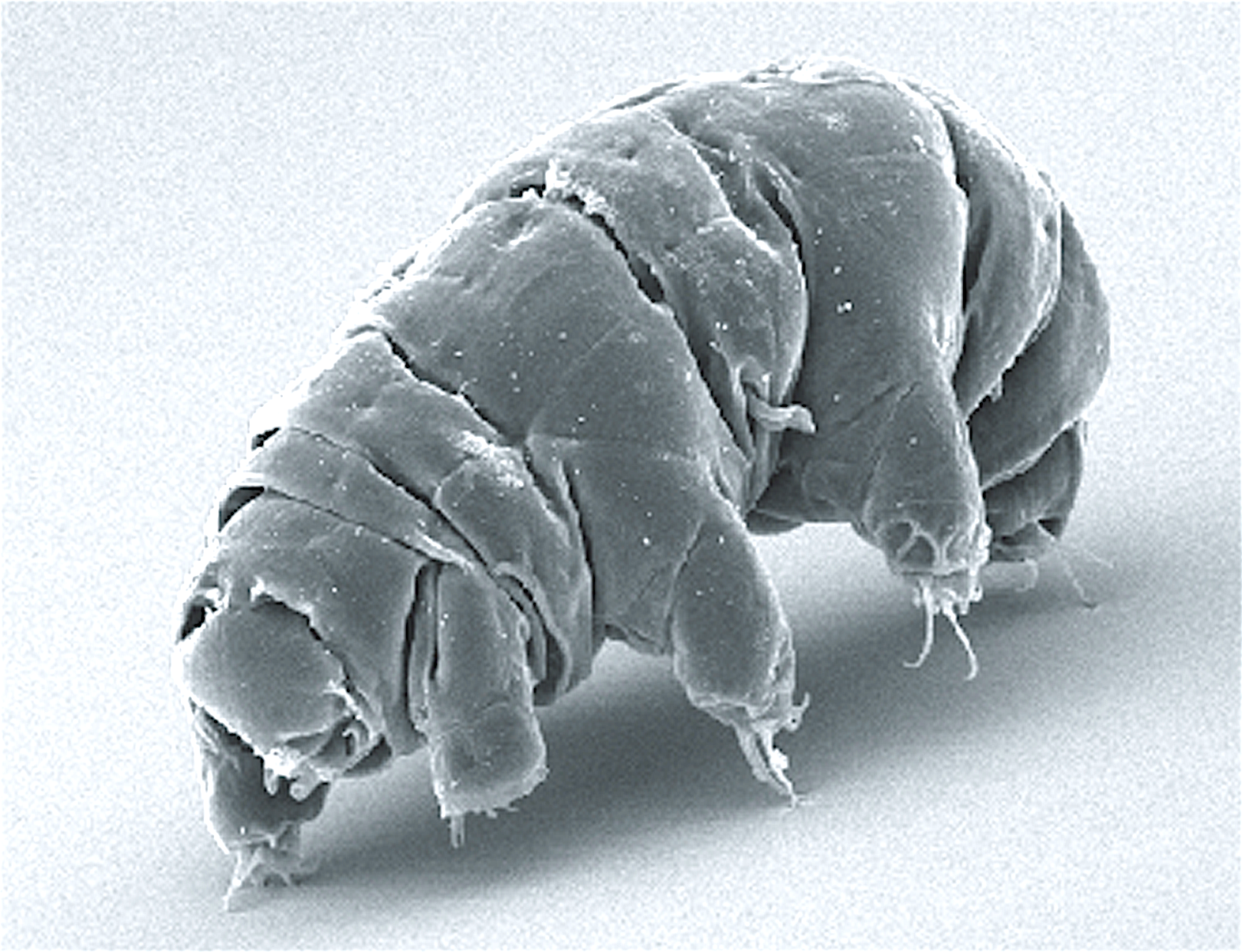
Space is a hostile environment filled with deadly radiation that would quickly overwhelm most Earth-based life forms. However, some insects have demonstrated remarkable resistance to these cosmic rays, providing scientists with valuable insights into biological radiation protection. Tardigrades, microscopic creatures also known as water bears, have survived exposure to the vacuum of space for extended periods, withstanding radiation levels that would be lethal to humans.
These discoveries have inspired research into how insects’ cellular repair mechanisms work so efficiently. Some species possess enhanced DNA repair systems that can quickly fix radiation damage, while others enter a state of suspended animation called cryptobiosis, essentially shutting down all metabolic processes until conditions improve. Understanding these natural protection mechanisms could lead to new medical treatments for radiation exposure and even genetic modifications that might help future astronauts survive long-duration space missions.
Navigation Without a North Star: How Insects Find Their Way
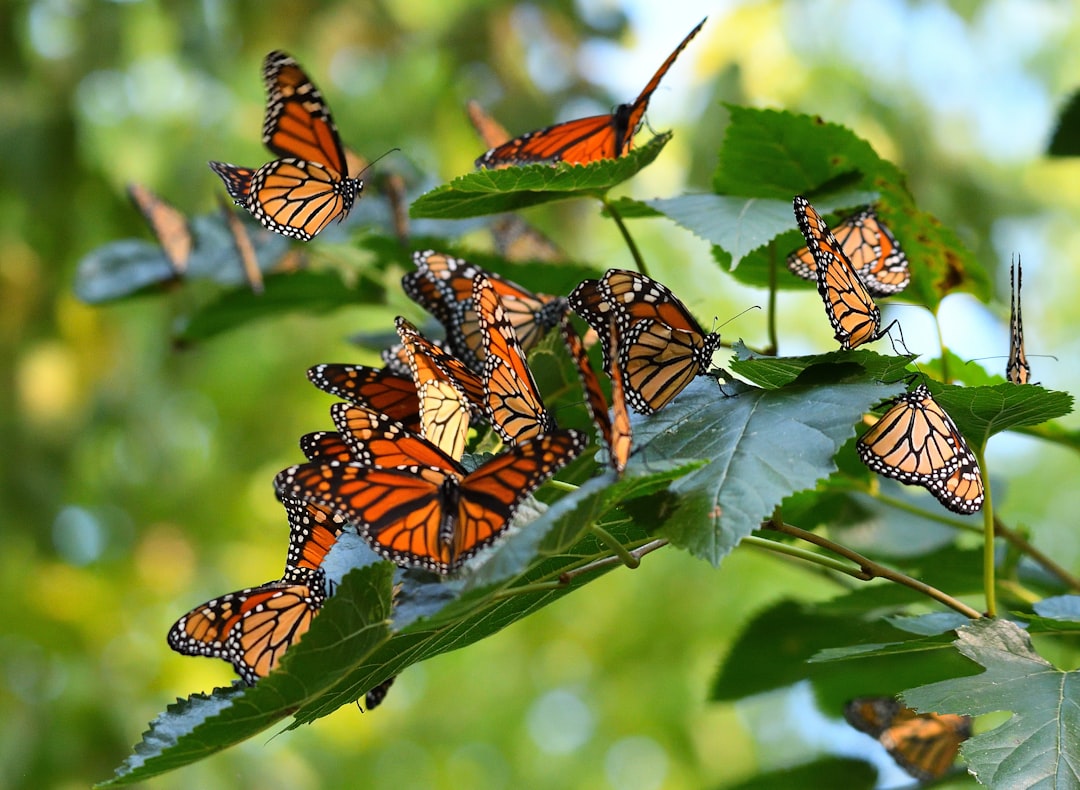
Navigation in space presents unique challenges that insects have helped us understand in remarkable detail. Many insects rely on Earth’s magnetic field for navigation, but this natural compass becomes unreliable in space. Experiments with migratory insects like monarch butterflies revealed how quickly these creatures can adapt their navigation strategies when their primary guidance systems fail.
Some insects switched to using visual landmarks within their spacecraft environment, while others seemed to develop entirely new orientation methods. These adaptations occurred remarkably quickly, sometimes within a single generation, suggesting that insects possess far more flexible navigation systems than previously understood. These findings have influenced the design of autonomous navigation systems for spacecraft and robots exploring other planets.
Metabolism in Microgravity: Energy Changes in Zero-G
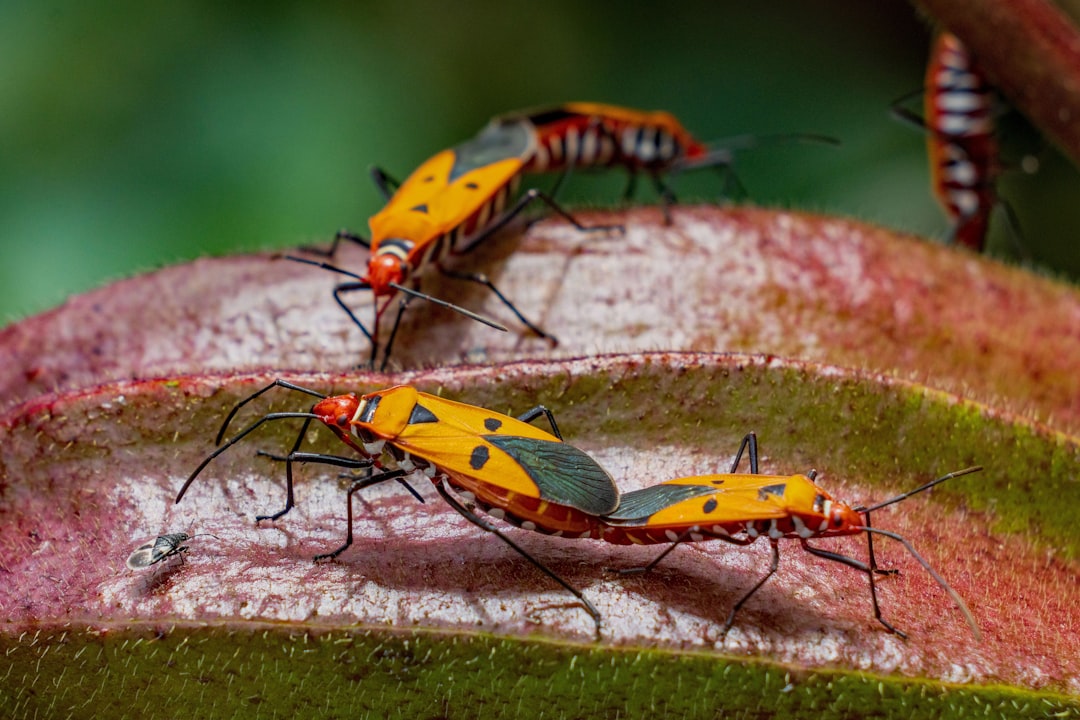
The way insects process energy and maintain their metabolism changes dramatically in the weightless environment of space. Without gravity constantly pulling on their bodies, insects expend significantly less energy on basic movement and posture maintenance. This metabolic shift has been observed across multiple species, from crickets to cockroaches, and provides valuable insights into how long-duration space travel might affect human physiology.
Some insects showed increased appetite and faster growth rates in space, while others became more lethargic and reduced their food consumption. These metabolic changes weren’t random – they appeared to be adaptive responses to the unique challenges of the space environment. Understanding these metabolic adaptations has helped scientists develop better nutritional programs for astronauts and predict how human bodies might change during extended missions to other planets.
Immune System Responses: Fighting Disease in Space
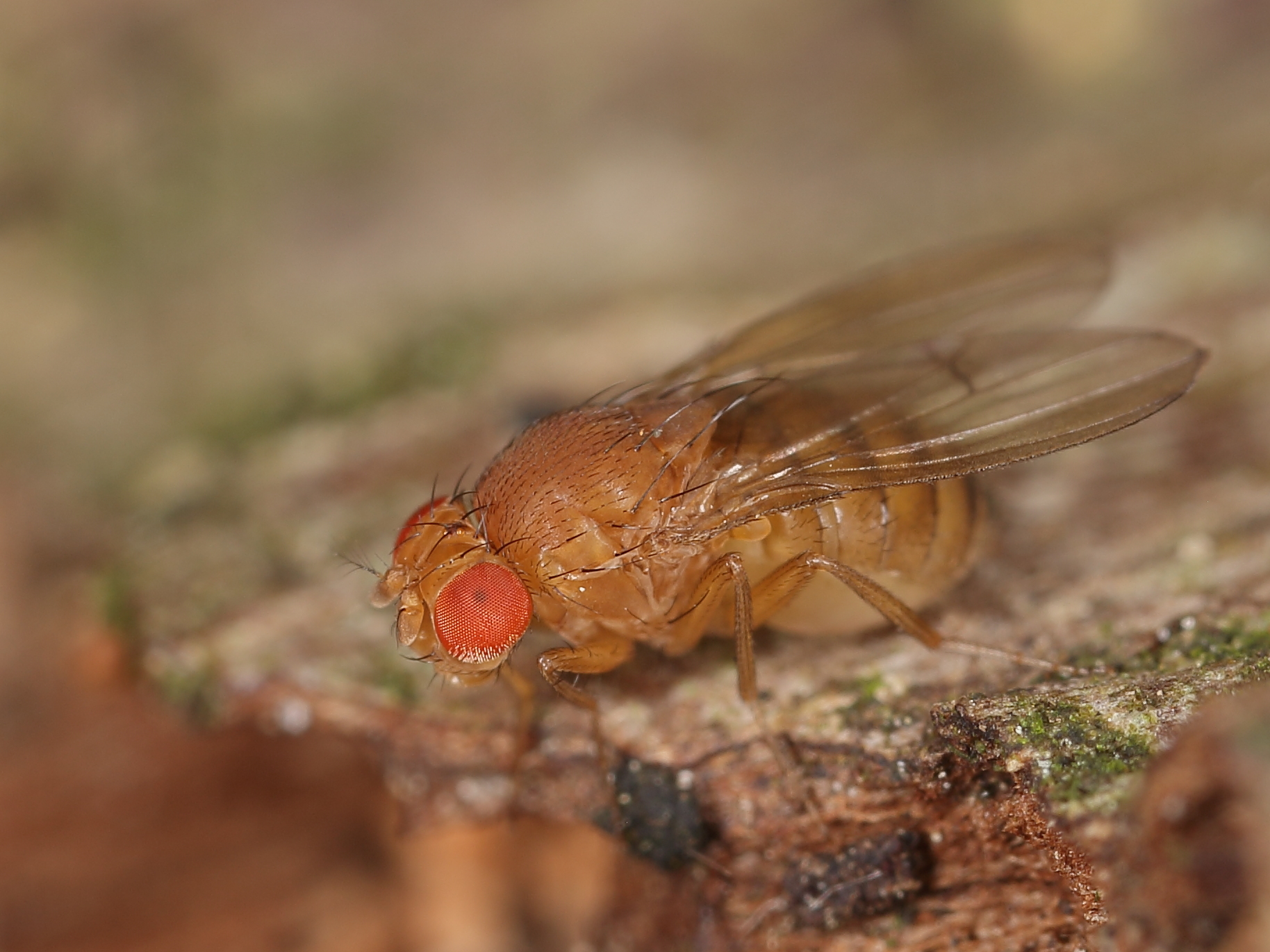
Space travel suppresses immune system function in both humans and insects, but studying this phenomenon in insects has provided crucial insights into potential countermeasures. Fruit flies and other insects showed increased susceptibility to infections during space missions, with their immune responses becoming sluggish and less effective. This immune suppression appears to be linked to both the stress of space travel and the direct effects of microgravity on cellular function.
However, some insects also demonstrated remarkable immune system adaptations. Certain species developed enhanced stress response mechanisms that helped them cope with the harsh space environment. These discoveries have contributed to the development of immune-boosting protocols for astronauts and have advanced our understanding of how stress affects immune function in extreme environments.
Communication Breakdown: Social Insects in Isolation
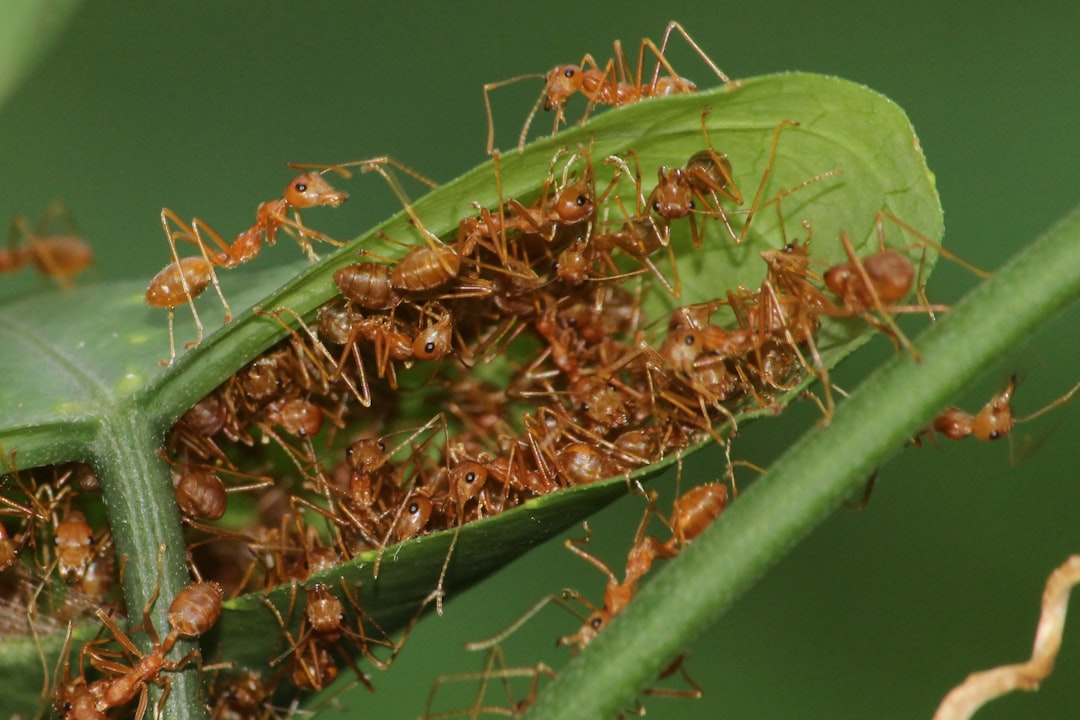
Social insects like ants and bees rely heavily on complex communication systems that can be disrupted by the space environment. Experiments with ant colonies in space revealed that these highly organized societies struggled to maintain their normal social structures in microgravity. The pheromone trails that ants use to coordinate their activities became dispersed and ineffective in the weightless environment.
Bees faced similar challenges, with their ability to communicate through vibrations and chemical signals significantly impaired. However, some colonies showed remarkable adaptability, developing new communication methods within days of reaching space. These observations have provided valuable insights into how human teams might need to adapt their communication strategies during long-duration space missions.
Sensory Adaptation: When Up Becomes Down
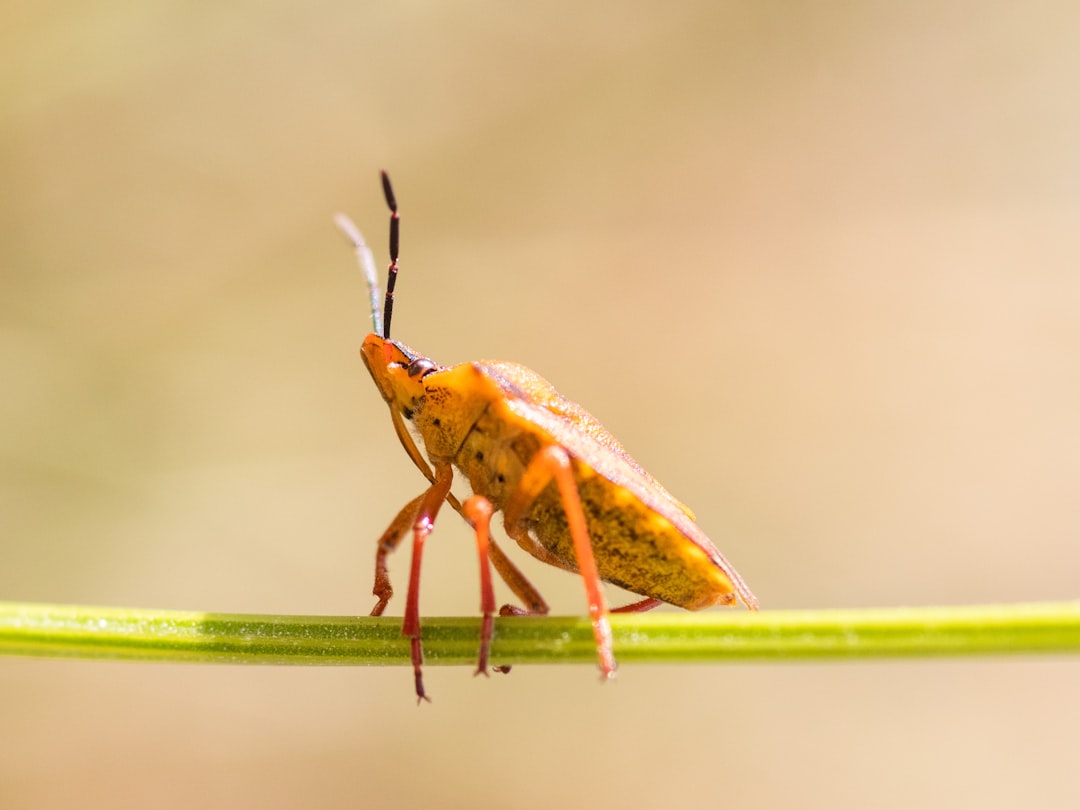
The sensory systems of insects undergo fascinating changes when exposed to the space environment. Many insects rely on gravity-sensing organs called statocysts to maintain orientation, but these organs become virtually useless in microgravity. Experiments have shown that insects can adapt to this sensory loss by relying more heavily on their other senses, particularly vision and touch.
Some insects developed enhanced sensitivity to light and vibration, compensating for their lost gravitational reference. This sensory plasticity demonstrates the remarkable adaptability of nervous systems and has informed research into how astronauts might adapt to sensory changes during space travel. These findings have also contributed to the development of artificial sensory systems for spacecraft and robotic explorers.
Sleep Cycles and Circadian Rhythms in Space
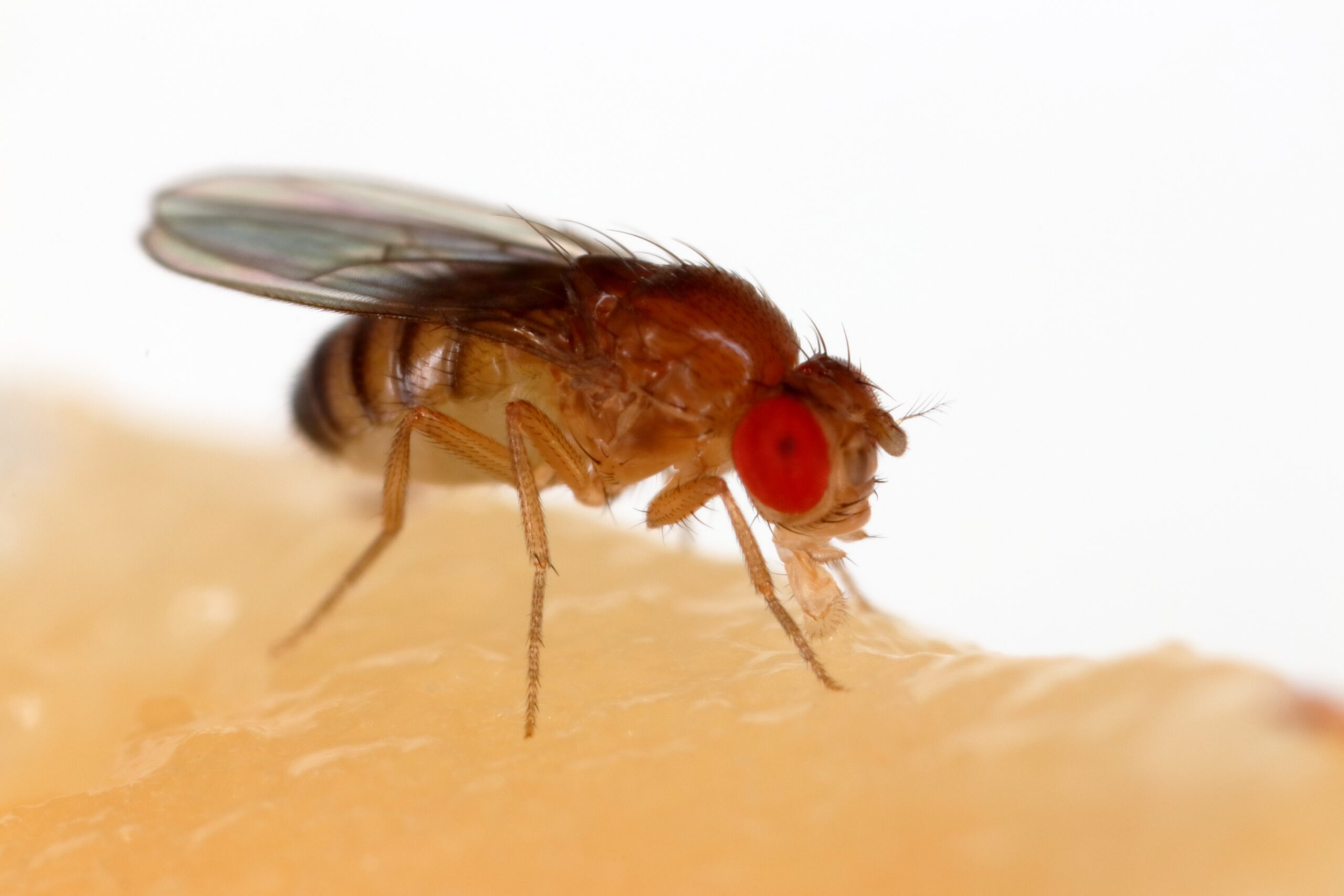
The 24-hour light-dark cycle that governs life on Earth becomes meaningless in space, where spacecraft can experience multiple sunrises and sunsets in a single day. Insects have served as valuable models for understanding how circadian rhythms adapt to these unusual conditions. Fruit flies and other insects showed significant disruptions to their normal sleep-wake cycles during space missions, with some becoming completely arrhythmic.
Interestingly, some insects were able to maintain their circadian rhythms by using internal biological clocks that didn’t rely on external light cues. These findings have been crucial for developing lighting systems and work schedules for astronauts that help maintain healthy sleep cycles during long-duration missions. The research has also advanced our understanding of how circadian rhythm disruption affects overall health and performance.
Temperature Regulation: Surviving Space’s Extremes
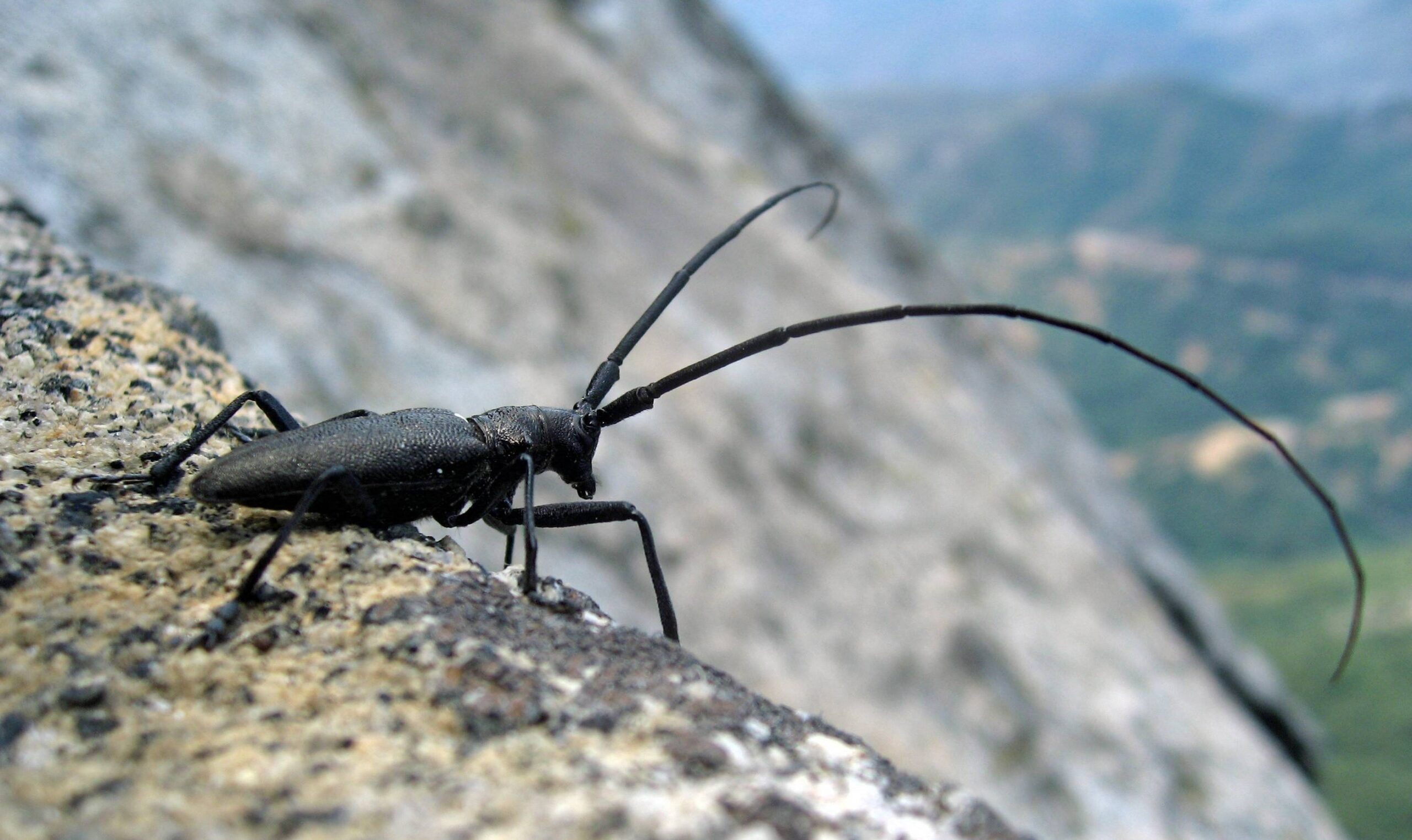
Space presents extreme temperature challenges that would quickly kill most Earth-based life forms, but insects have demonstrated remarkable thermal adaptation abilities. Some insects can survive temperatures that would freeze or cook other organisms by entering states of suspended animation or by producing specialized proteins that protect their cells from damage.
Experiments with cold-tolerant insects have revealed sophisticated biochemical strategies for surviving extreme temperatures. Some species produce natural antifreeze compounds, while others can rapidly adjust their metabolic rates to cope with temperature changes. These discoveries have contributed to the development of thermal protection systems for spacecraft and have advanced research into preserving biological samples during space missions.
Pharmaceutical Discoveries: Space-Grown Insect Medicine
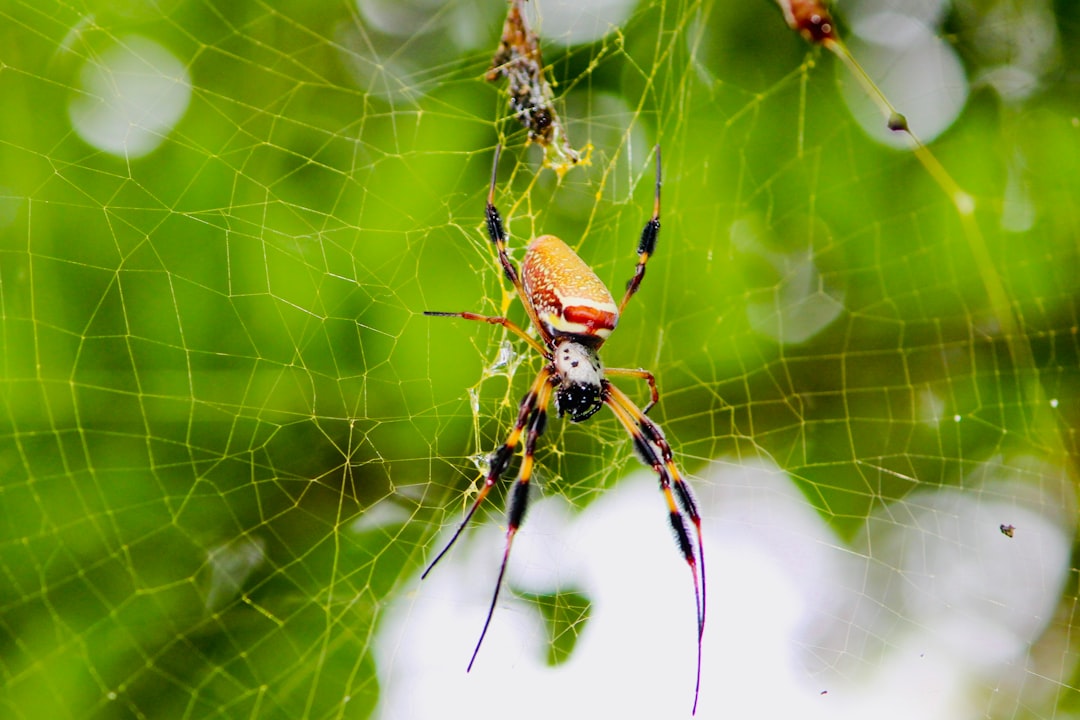
The unique environment of space has led to unexpected pharmaceutical discoveries through insect research. Some insects produce different proteins and compounds when grown in microgravity, leading to the development of new medications and treatments. Spider silk proteins produced in space, for example, have different properties than those produced on Earth, potentially leading to stronger and more versatile materials.
The stress responses of insects in space have also yielded insights into new therapeutic compounds. Some insects produce enhanced levels of protective proteins and antioxidants when exposed to the space environment, and these compounds are being studied for their potential medical applications. This research has opened up entirely new fields of space-based biotechnology and pharmaceutical development.
Future Missions: Insects as Planetary Explorers
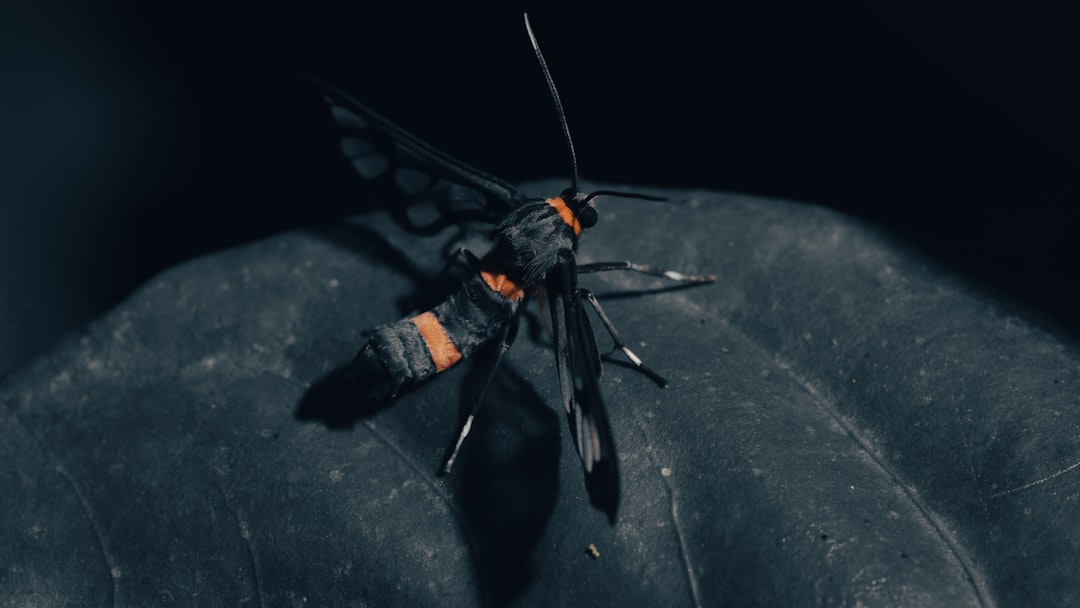
As space agencies plan missions to Mars and beyond, insects are being considered as potential explorers and ecosystem engineers. Their small size, low resource requirements, and adaptability make them ideal candidates for establishing biological systems on other planets. Some researchers envision releasing carefully selected insects on Mars to help transform the planet’s environment and create conditions suitable for larger life forms.
Insects could serve as living sensors, detecting environmental changes and hazards that electronic instruments might miss. They could also play crucial roles in closed-loop life support systems, helping to process waste and maintain atmospheric balance in space habitats. These applications represent a new frontier in space exploration, where insects become active partners in humanity’s expansion into the cosmos.
Conclusion
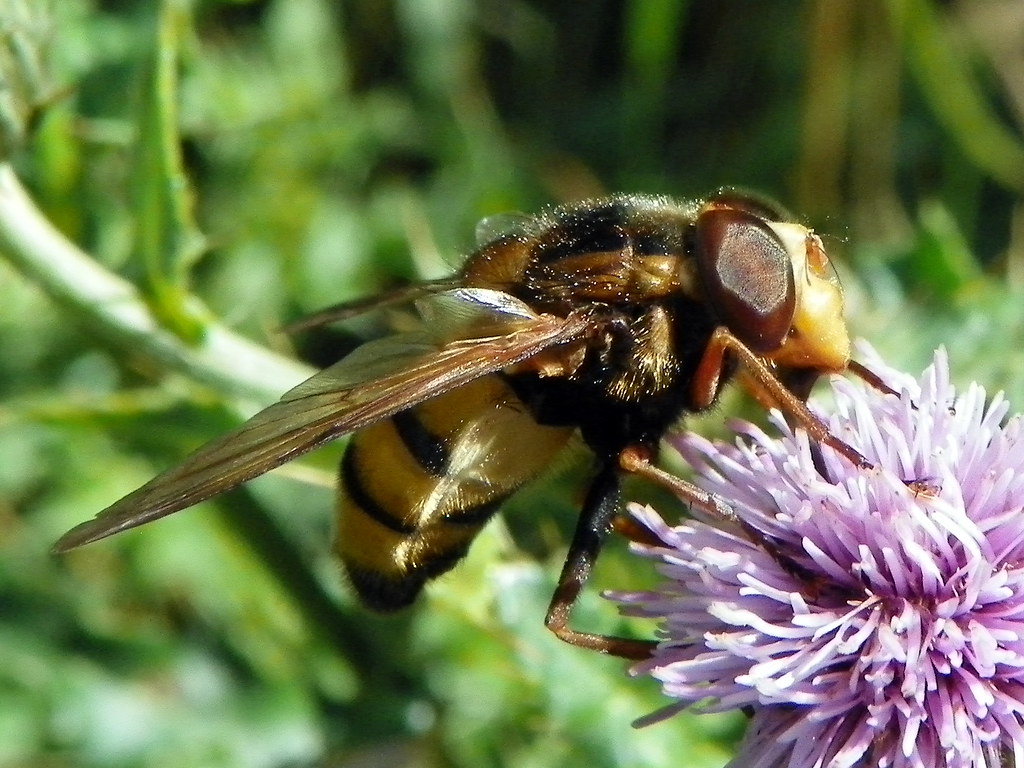
The journey of insects in space has revealed profound truths about life’s adaptability and resilience. From the first fruit flies launched in 1947 to the complex biological experiments aboard today’s space stations, these tiny creatures have consistently surprised scientists with their ability to survive and adapt in the harshest environments imaginable. Their contributions have been instrumental in making human space travel safer and more sustainable, providing insights that continue to shape our understanding of life beyond Earth.
As we stand on the brink of an era where humans will become a multi-planetary species, the lessons learned from insects in space become increasingly valuable. Their remarkable adaptability, efficient resource use, and sophisticated survival strategies offer blueprints for how we might design future space missions and settlements. The next time you see a humble fruit fly or busy ant, remember that their cousins have been pioneers in humanity’s greatest adventure – the exploration of space itself.
What other secrets might these tiny astronauts reveal as we venture deeper into the cosmos?

